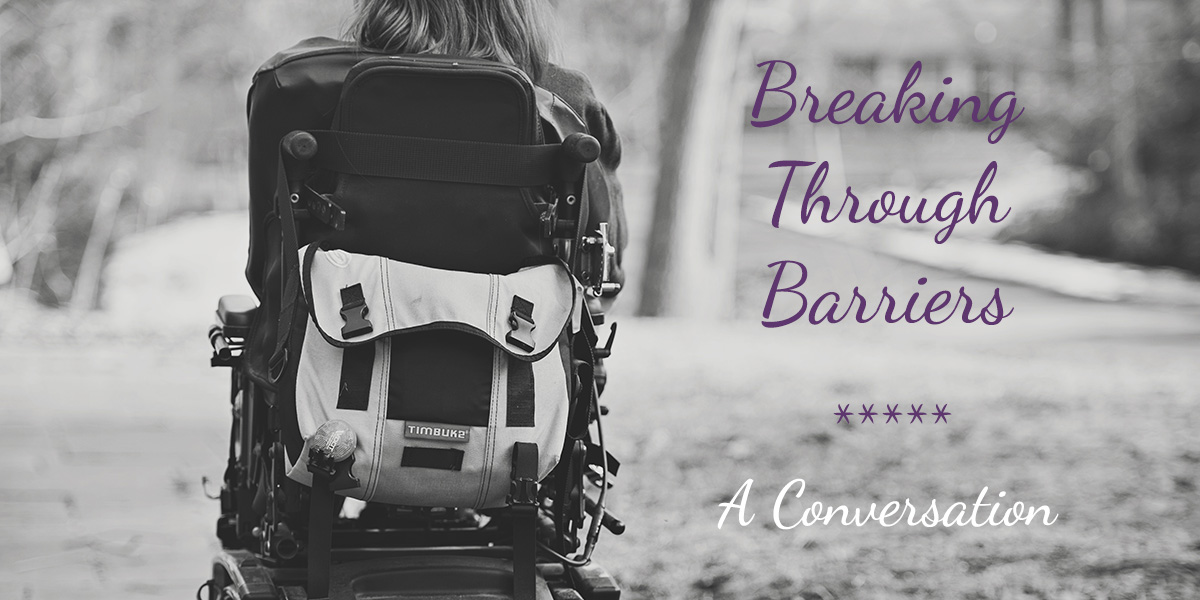Normal. How do you even begin to define “normal”? Culture teaches us what normal can mean, what normal should look like, and how to respond to what isn’t considered normal.
What is normal, really? This is a question I wrestle with, something I ask myself again and again. I have to understand the way I define normal because my definition most likely isn’t your definition. And your definition may not be the same as your neighbors or someone in your own family.
I say this all the time — I am normal. I live out my life with the mindset that I’m normal. Everything I do feels normal to me.
The truth is, I am normal…but I’m also not. I don’t “see” my physical disability. It’s not a big deal that I need help with many tasks each day. I’m so used to my limitations that I accepted them long ago. I can’t make them go away. I learned to live with them and mentally erase the obstacles. Sometimes that means being OK with another person coming along beside me to help.
I don’t see the fact that someone is feeding me or helping me with A, B, or C. That doesn’t usually come to mind as I sit in a restaurant or invite friends to share in my daily life. My parents or anyone offering assistance become an extension of me. They become my hands, my legs, the muscles I don’t have, and the extra strength or physical ability I need to get through another day. My wheelchair is also a part of me. This is my normal.
Family, friends, and the equipment I use to get around or do tasks move me beyond my limits.
As an adult, I realize this is not normal. I meet people who weren’t in my childhood and they wonder, “Can Laura do this or that?” “How does Laura do this or that?” I forget about the details because they have simply become instilled within me. I’m learning to step back and take in a different perspective.
There is a tension between my perception and my reality.
I constantly return to the question, “What is normal?” I have to redefine normal. I’m not going to listen to what culture says or people who automatically put me in a box without giving me a chance to show them my “normal”.
Sure, I have this thing called Arthrogryposis. I do tasks my way and I use a wheelchair when I leave the house. But I’m still normal…just like you.
We need to help culture change the definition of “normal”. Everyone is different. That’s a beautiful reality. We don’t want to be exactly the same. But our normals can overlap in many ways.
When your normal meets mine…when we start to expand our views…when we take the time to learn from each other…that is when we redefine normal as a whole. That is when we grow in understanding and begin to love the whole person.
That’s a normal I can embrace.
Next week we will look at How I Feel Limited.

